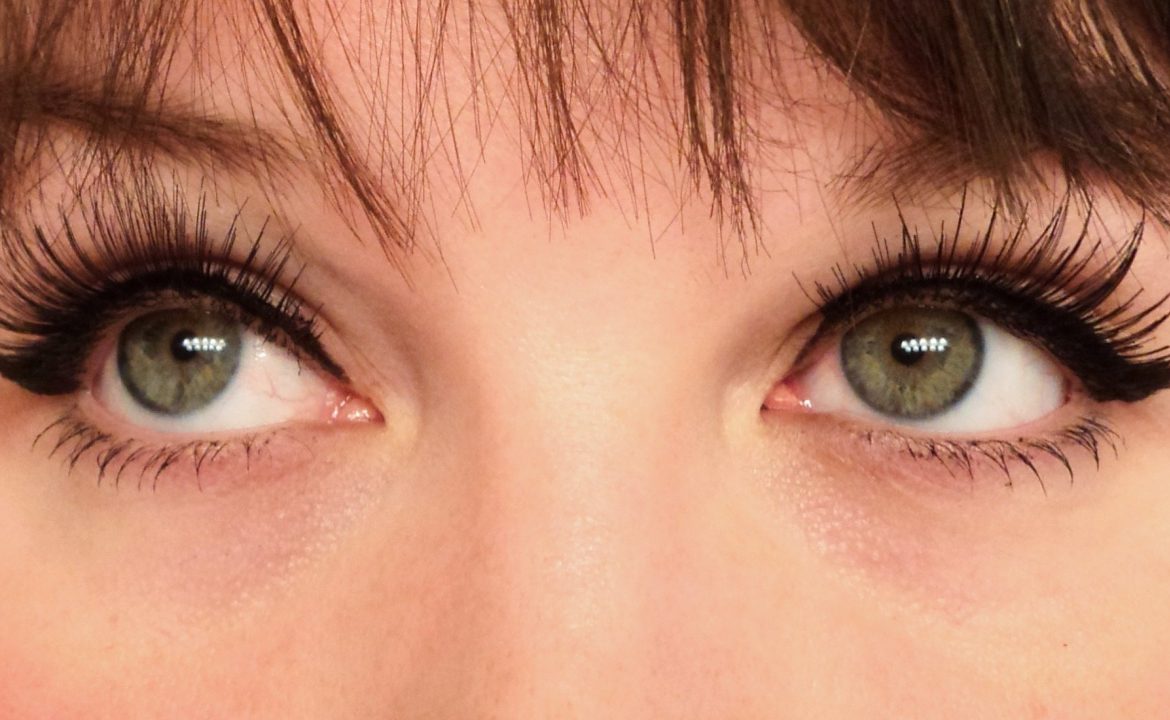
How Healthy Are Fake Eyelashes?
When They Exceed The Natural Ratio…
They may enhance the beauty of the eyes. But what about their health? A Ph.D. student at the Mechanical Engineering School of the Georgia University of Technology decided to find that out. To probe the effect of long eyelashes on the eyes, Guillermo Amador and teammates started by paying a visit to the American Museum of Natural History, where they browsed through the stored hides and determined that in 21 species of mammals of differing sizes, from humans to giraffes and hedgehogs, the length of eyelashes corresponded to a third of the eye length.
Researchers then constructed a wind tunnel of 60 cm diameter to see the air flow to which a model human eye would be exposed. They placed inside acrylic plate representing the human face and an aluminum dish 4 mm deep and 20 mm wide to represent the cornea. Mesh surrounding the dish served as lashes, whose length were altered to see their performances in evaporation and particle accumulation tests.
In the end, it was seen that as lashes grew longer, they deflected the air, reducing the air flow to the eye, creating a layer of slow-moving air over the cornea, keeping the eyes moist longer and kept particles away.
With longer “eyelashes”, however, the opposite effects took hold, with lashes extending into the air flow, creating a cylinder which funneled air to the eye to speed up evaporation.
Researchers point out, however, that those without lashes or with short ones could wear fake eyelashes, provided they were of correct length, to protect their eyes from dust and dryness.
But Alexander Alexeev, an associate professor of mechanical engineering, looks at the matter in a more practical way: Correct length or not, more eyelashes are always better than less, the researcher points out
One may wonder why should academic staff and students of a school of mechanical engineering take an interest in fake eyelashes. The answer seems to be the idea that with filaments mimicking eyelashes, solar panels, photographic sensors or autonomous robots could be provided with better protection in dusty environments.
REFERENCES
- 1. “Easy on the eyes: How eyelash length keeps your eyes healthy”, Georgia University of Technology, 24 February 2015
